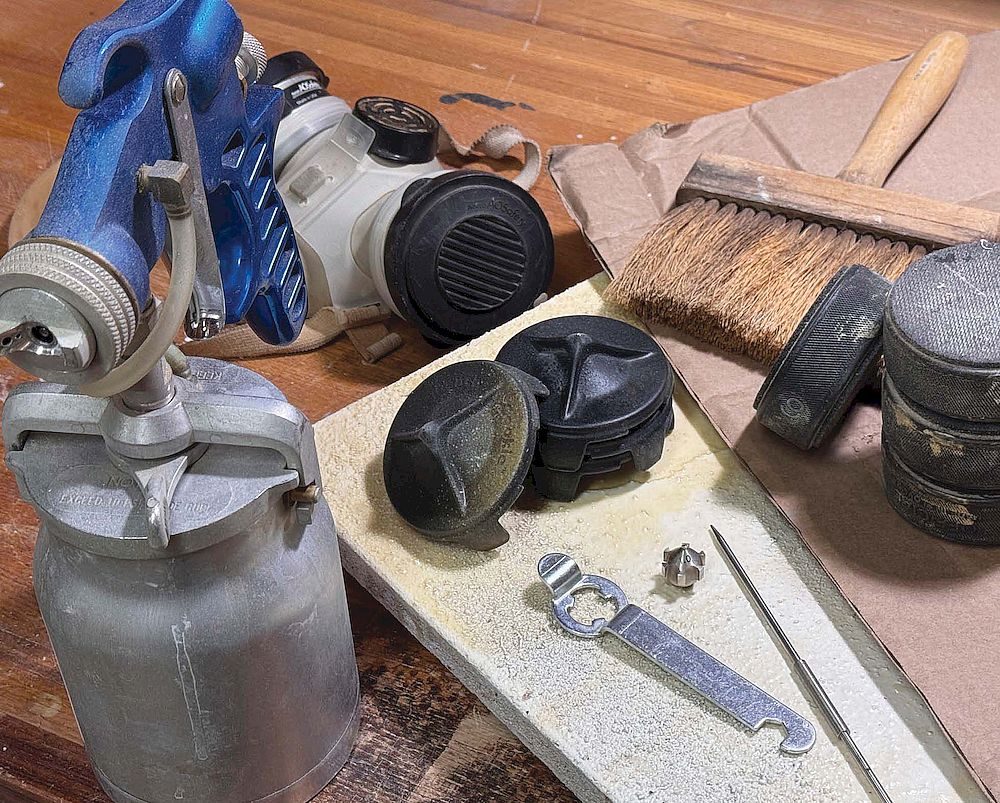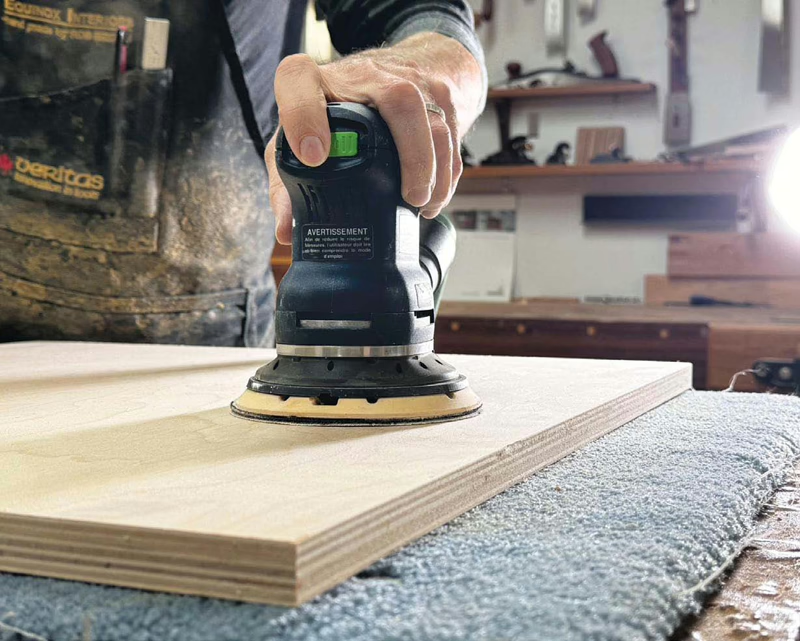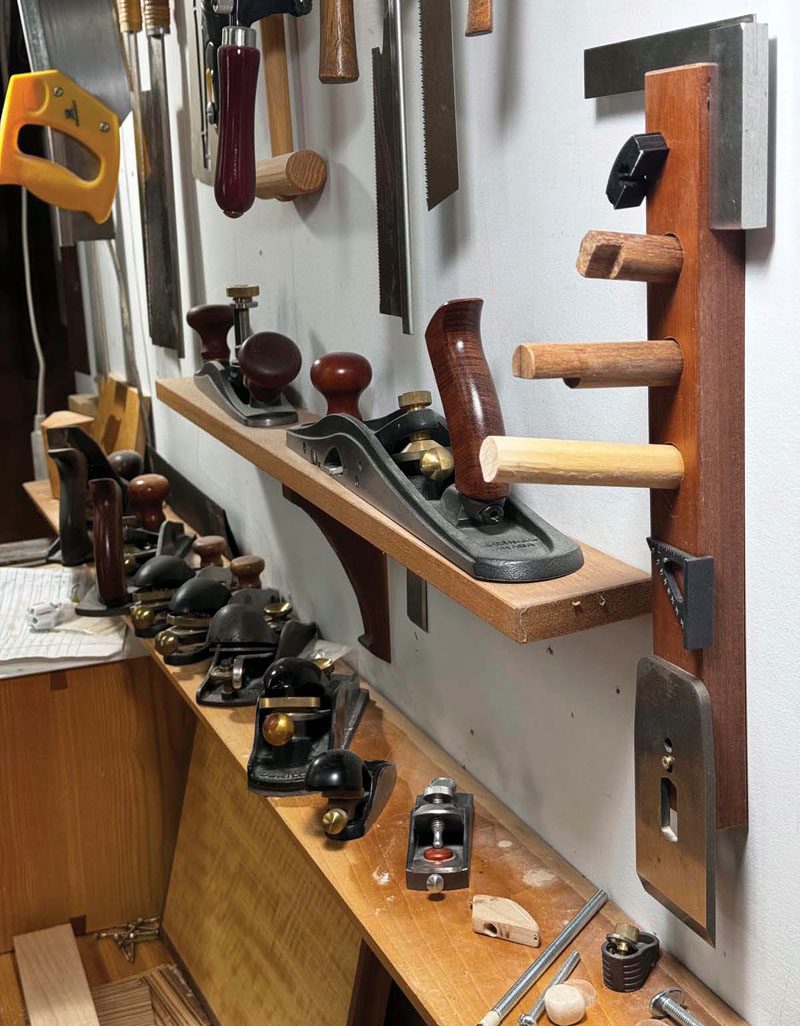SITE MAINTENANCE IN PROGRESS
Top 10 spray finishing techniques
Spray finishing can seem confusing, but with these tips you’ll realize how beneficial and enjoyable this approach can be.

1. Protect Yourself and the Area – Use PPE (especially respirators) with spray equipment. If you’re spraying solvent-based finishes you also have to consider using fans, heaters and other electric devices that are explosion-proof. You might also want to cover up large machine surfaces (cardboard, thin sheet goods and blankets all work well) so they don’t get covered with overspray. A simple spray booth will go a long way in keeping overspray down.
2. Stick with Water-Based – Not only will water-based finishes dry faster and be easier to clean up, they’re less dangerous to the human body and aren’t an explosion risk.
3. Clean Your Shop First – Dust is the enemy of any finish, but this is especially true when spraying a finish. A thorough cleaning of the shop, including blowing many things off, will keep the dust down while spraying.
4. Have a Surface, a Lazy Susan and Some Supports – A stand or surface of some sort works nicely for holding work while it’s being finished. Making and using simple work supports to keep your work off the work surface will help you apply a finish on the edges of a workpiece.
5. Learn How It Works – A spray gun has a number of knobs and dials on it. It looks confusing, but a bit of knowledge will allow you to control variables like fluid rate and fan pattern so you can apply the right amount of finishing material to the right location.
6. Practice Makes Perfect – Practicing on cardboard, wood finish panels and old pieces of furniture will allow you to refine your technique and get used to how the spray system works.
7. Less Is Usually More – A nice middle ground is what you’re aiming for, but it’s best to err on the side of applying less finishing material per coat, rather than more, especially while you’re learning.
8. Be Patient – If you mess something up it’s usually best to let the finish dry before trying to fix it. Sags and runs can often be scraped off with a sharp blade or scraper. Trying to do so when it’s wet usually leads to bigger problems.
9. Clean Up Promptly – Leaving finish material to dry inside a spray gun makes spray finishing frustrating. If you’re using a water-based finish, a quick rinse, followed by spraying water through the system, followed by another rinse and scrub is usually enough to keep your gun and cup working (and looking) wonderful for years.
10. Not Everything Needs to be Sprayed – Even though you have this great new piece of finishing equipment, you don’t necessarily need to use it for every project. Sometimes a penetrating oil finish or wiping on a light coat of shellac is all that’s needed.
Rob Brown - rbrown@canadianwoodworking.com
Rob is the editor at Canadian Woodworking & Home Improvement and a studio furniture maker.







